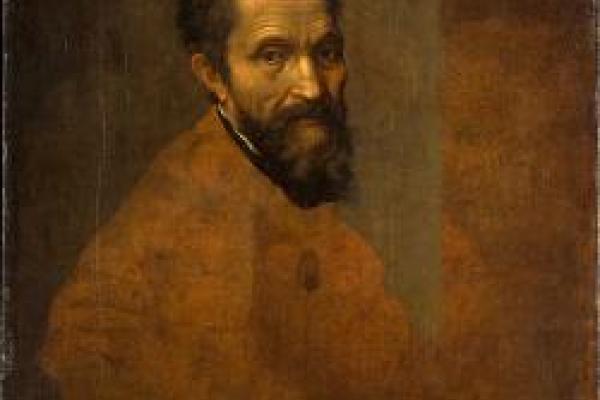
Recent years have seen a significant renewal of interest in the term “tableau,” both in specific relation to painting and in its various broader senses. In this lecture, Professor Stephen Melville, faculty emeritus from Ohio State’s History of Art Department, offers a speculative exploration of several recent accounts of the emergence of the tableau—by noted art historians Michael Fried, Victor Stoichita, and the late Thomas Puttfarken, among others—with a view to bringing out something of its possible continuing interest. Melville was co-curator (with Philip Armstrong and Laura Lisbon) of the 2001 Wexner Center exhibition "As Painting" and is the author of Philosophy Beside Itself: On Deconstruction and Modernism; Art as a Philosophical Context; and (with Margaret Iversen) Writing Art History: Disciplinary Departures.
The talk, "What Was the Tableau, and Why Did it Matter?" is given in conjunction with the Ohio State seminar “Emergence of the Tableau,” co- organized by Philip Armstrong (Comparative Studies), Lisa Florman (History of Art), and Laura Lisbon (Department of Art), and the Painting Tableau Stage exhibition on view at Ohio State’s Urban Arts Space September 28–November 14, 2013.
Funded by Grant for Research and Creative Activity in the Arts and Humanities
